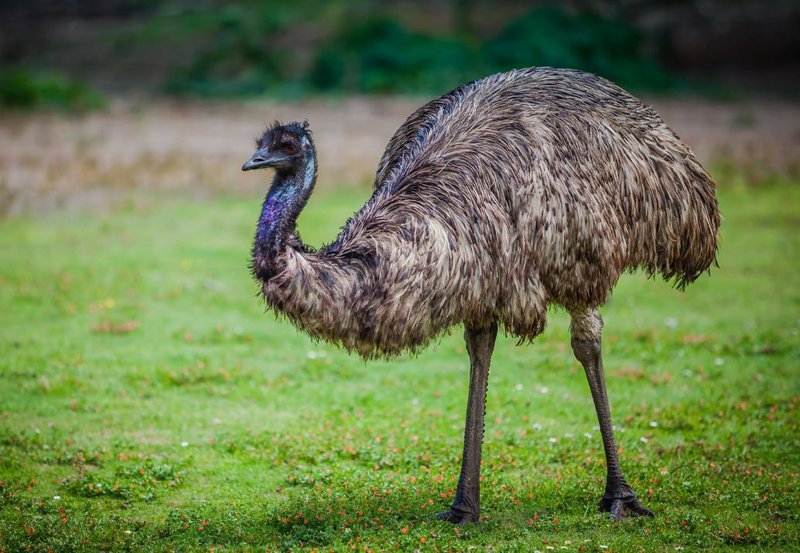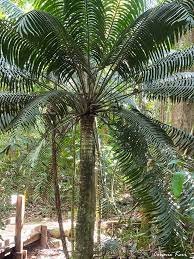Have you heard of the Demon Duck of Doom before?
If you have read Fossil Frenzy, the Adamson Adventures 3, then there is no doubt you already know about this fascinating creature. I have recently been researching more about this bird in an attempt to get a clearer understanding of it before I begin writing book 4. Yes, the Demon Duck of Doom will return, but you’ll find no spoilers here. You’ll have to wait until the next book is released.
In the meantime, here for kids information and as a teaching resource, is what I have discovered.
It was a giant flightless bird, an Australian megafauna, an avian dinosaur.
Also known as the Thunderbird, the Bullockornis Planei and most recently Dromornis Planei. Found in the area around Bullock Creek in northern Queensland, it was originally believed to be a separate species. After continued research it was concluded that Bullockornis did in fact belong to the Dromornithid family.
The Demon Duck of Doom was a fearsome looking bird that weighed over 225 kilos, over 5 times the size of an emu. It had two massive thick legs and two tiny wings. However, its most terrifying feature was the horse sized head with an enormous beak. This dinosaur stood about 304 cm tall. That’s almost twice the height of an average adult person.
Bullockornis Planei
Did you know that this dinosaur is closely related to birds of today?
This creature has caused much controversy among palaeontologists. These are people who study animals and plants from our past by digging up their remains that have become fossils, or imprints in the earth that have turned to rock. With it looking more like an emu, an ostrich or even a cassowary, it is easy to believe this flightless bird was an ancestor of these birds. Classified by researchers into the Dromornithid family, it is believed to be more closely aligned with ducks or geese. Some scientists have even included it in family trees that link the Demon Duck of Doom to chickens. Imagine the size of those eggs in a chicken coup. You could have scrambled eggs for a week on just one egg.
Emu
Cassowary
Goose
Duck
Was the Demon Duck of Doom a foul foe or is it a case of being a misunderstood fowl?
Could it have been…..a carnivore?
There are several theories on this subject too. With its ginormous and scarily sharp beak, the Dromornis Planei was originally presumed to be a carnivore. Those long legs would have meant it would have been able to run fast and chase its prey. Coupled with the huge snappy beak, it should have been able to easily prey upon smaller dinosaurs and rip them apart for dinner.
Was it more likely ……a herbivore?
However, upon closer inspection of the beak, scientists noted that it did not have a sharp pointed tip like other meat-eating flying predators. Birds like hawks and eagles have this feature to bite and tear into their prey. Without this pointed tip on the beak, scientists then concluded that perhaps the Demon Duck of Doom was a herbivore after all. The reason for the massive beak was more likely to be used to crush tough plants and fruit husks or break thick stalks. The avian dinosaur possibly ate plants like the Cassowaries and other birds today that feed on ancient giant plants such as Hope’s cycad with its seeds like a banksia and the Australian fan palm with its huge fronds and red fruit. These plants first appeared during the age of dinosaurs and are still found in the wet tropics of Far North Queensland today. The beast was undoubtedly tall enough to reach high branches on any plants.
Birds of prey like eagles have a sharp pointed beak.
Dromornis Planei lacked the sharp point on the tip of the beak.
Was it …….an omnivore?
The third and finally theory was that maybe the Demon Duck of Doom was neither carnivore nor herbivore, but instead a combination of the two, making it an omnivore. A scavenger feeding off the leftovers from megaraptorans like Australovenator and enjoying a nice side-salad of cycads and ferns. If you have ever had pet chickens, you would know they eat leftover meat, grains, and vegetables. Just maybe the theory that the Demon Duck of Doom is an avian ancestor of your chooks is correct.
Hope’s Cycad still found in the Daintree Rainforest of Far North Queensland.
Seed pod from the Hope’s Cycad.
Will we ever know?
Palaeontologists are constantly searching for more clues as to the truth behind the Demon Duck of Doom. Was he wrongly named? Was he a fearful predator or a friendly and innocent plant eater? To fully understand and know for sure, scientists need to find and examine the fossilised dinosaur poop, also known as coprolites, of a one of these amazing avian dinosaurs. Only then, will they discover the true digestive habits of the Demon Duck of Doom.
What are your thoughts? Do you believe the Duck of Doom was a Demon rampaging around the outback chasing smaller birds and animals for a meal? Or has it been a case of mistaken identity and the flightless bird was a friendly fowl?
Our contented chooks. We have ten girls, not all shown in this photo.
If you’ve read Fossil Frenzy, you know my thoughts, I’d love to know yours.









